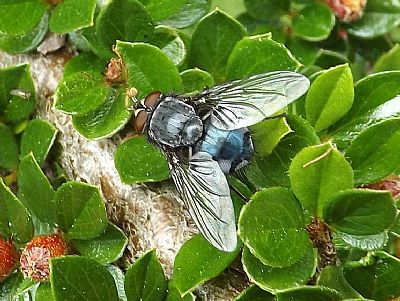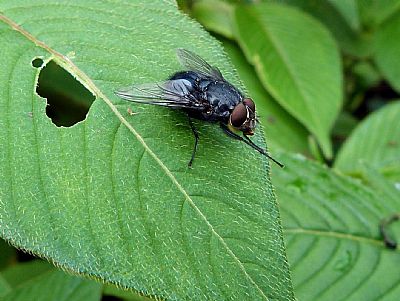BLUE BOTTLE FLIES
BLUE BOTTLE FLY : Calliphora vomitoria
Also known as the orange-bearded blue bottle or bottlebee.
This is a beautiful fly and quite dramatic. The amount of colour and sheen depends on the lighting and the angle seem as. It is also a problem.
Wiki tells us that it is a species of blow fly, a species in the family Calliphoridae. Calliphora vomitoria is the type species of the genus Calliphora. It is common throughout many continents including Europe, Americas, and Africa. They are fairly large flies, nearly twice the size of the housefly, with a metallic blue abdomen and long orange setae on the gena.
Wiki also gleefully tells us that adult flies feed on nectar. Sounds good so far, but females deposit their eggs on rotting corpses, making them important forensic insects, as their eggs and timing of oviposition can be used to estimate time of death.
It is starting to get disgusting. You are warned.
Like other blowflies, C. vomitoria colonize animal remains, including humans. While adult C. vomitoria feed on nectar, the larvae feed on corpses, the medium in which they grow. However, it has been shown that feeding on processed substrates (food that are modified for human consumption by increasing shelf life and taste through salting, curing, smoking, etc) provided much better growth than unprocessed substrates such as raw unmodified liver.
But they are rather pretty and along with other flies you are likely to avoid or swat them.

A blue bottle fly seen near Renton. Closeby was a field with cattle.
BLUE BOTTLE FLY : Calliphora vicina
This is extremely similar to the vomitoria bluebottle fly. See the link below for a WIKI description. This is extremely similar to the one above. Both are usually just referred to as blue bottles.

So is this the same or a different fly to the one above. The shape is the same, but lighting and angle of view give a different colour.
WIKIPEDIA : https://en.wikipedia.org/wiki/Calliphora_vomitoria#cite_note-bg-3 and https://en.wikipedia.org/wiki/Calliphora_vicina

